From native apps to social shopping, consumers have made the switch to mobile — for everything they do. In fact, over 27% of consumers’ waking hours are now spent on a mobile phone. Yes, that’s more than a quarter of our days spent on a device.
Because shoppers are spending more time than ever on mobile, brands will need to update their experiences to keep up. Mobile-optimized shopping, SMS marketing, social commerce, load speed, and functional UX (just to name a few) will become pillars of a foundational, mobile-first marketing strategy for eCommerce brands.
Klarna
Shoppers already seek style and beauty advice from their friends, family, and peers online. Rather than look to catalogs and runways to understand latest trends, says David Sykes, Head of US, Klarna, shoppers are spending time on social platforms and with friends — and what they shop for is being driven by those around them.
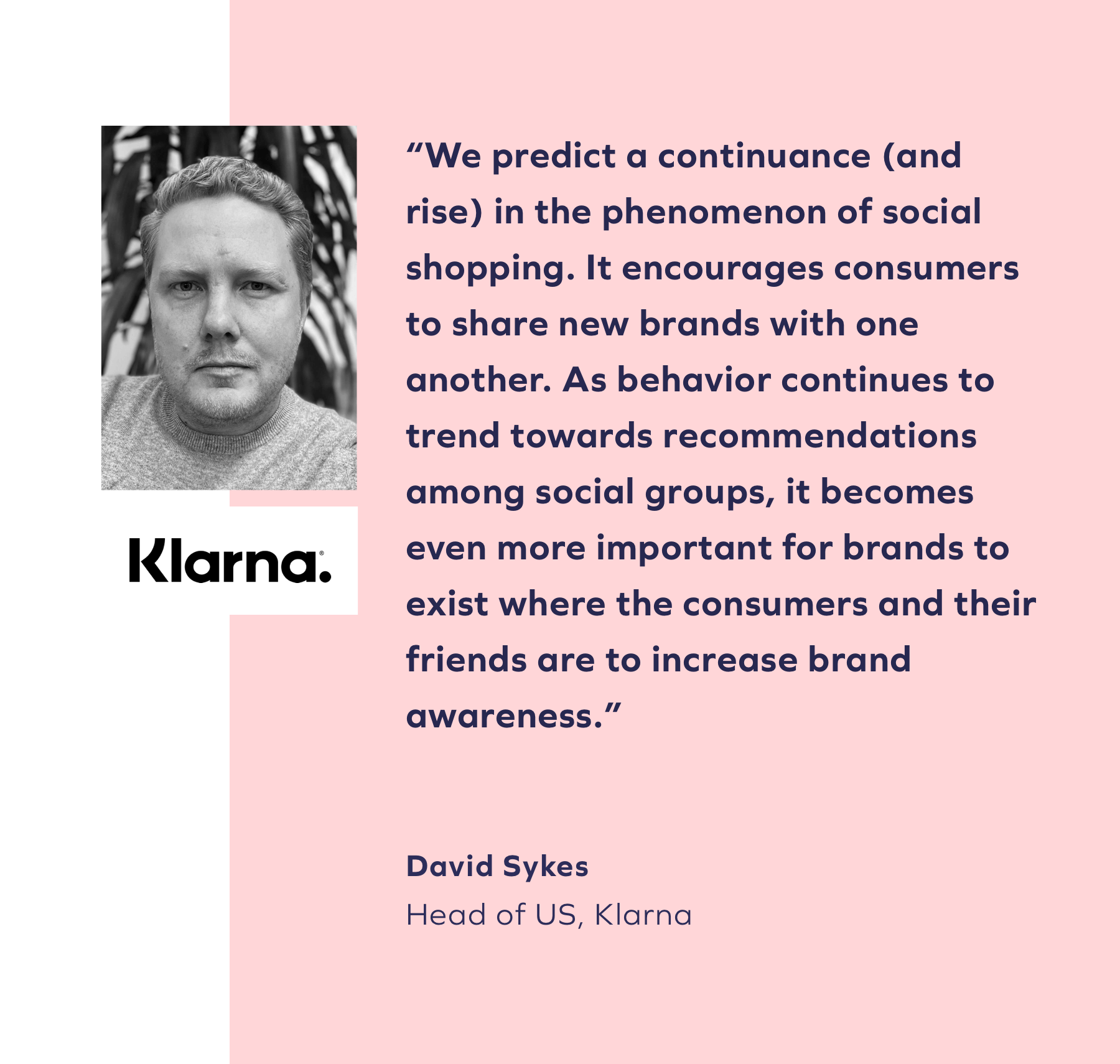
Digitally-native and D2C brands are leading the charge with social shopping. They know how to speak to today’s consumer, who is increasingly looking for authentic interactions with the brands they shop from. By existing on social platforms in organic ways, eCommerce brands can meet shoppers where they are.
Shopify
As eCommerce continues to grow, fostering an online dialogue between merchants and customers will become increasingly important. After a deep dive into their internal data, Shopify found a few trends that are likely to stick in 2021, especially those that primarily focus on convenient shopping experiences.
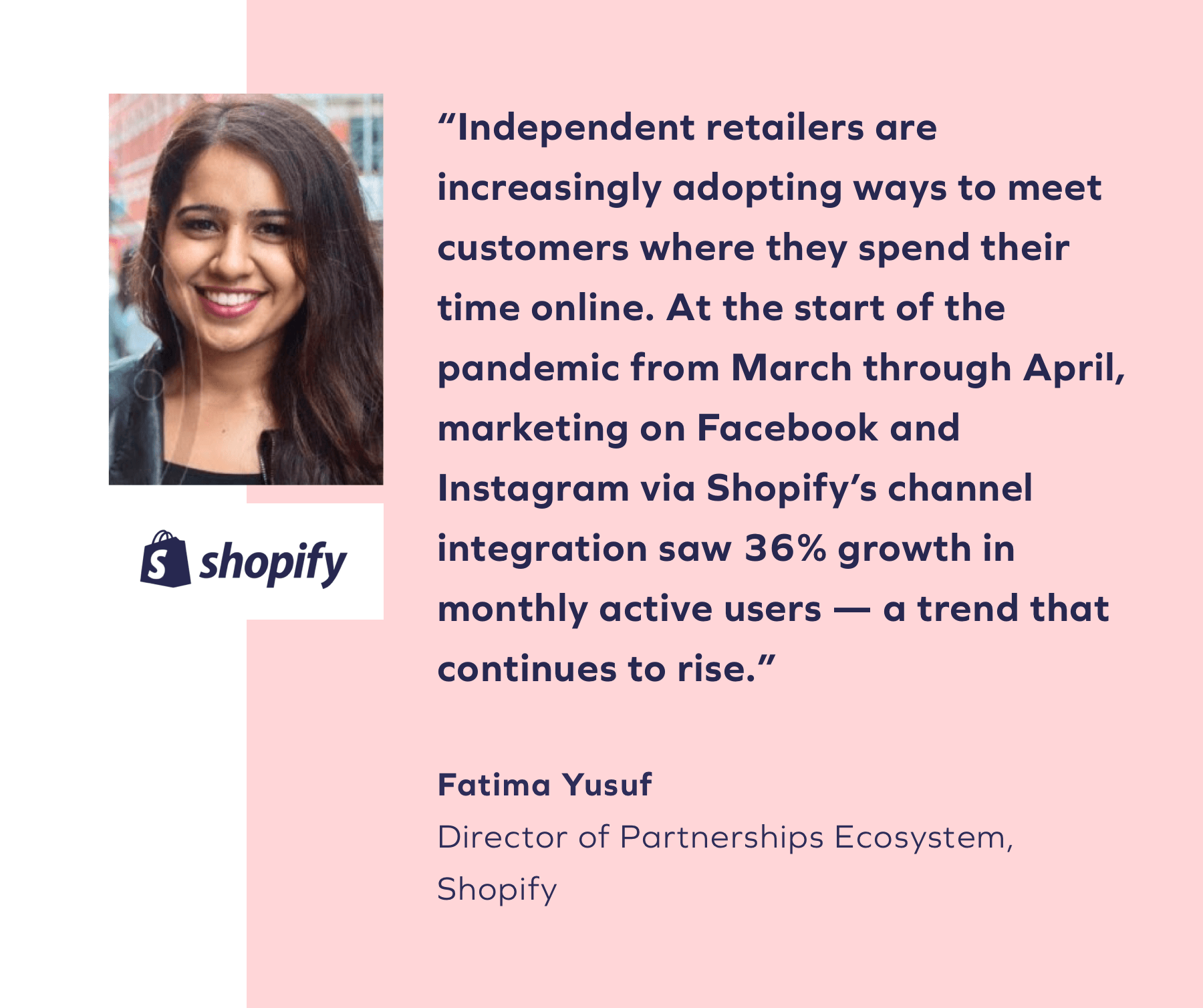
Features like fast and free shipping, conversational commerce, and shoppable social media help independent retailers achieve convenience and reliability, reports Shopify. In 2021, younger online shoppers in the UK, Spain, France, Canada, and Germany will continue to be more likely to make a purchase via social media compared to older age groups.
Yotpo
We predict that social platforms in particular will double down on commerce. We’re seeing Facebook and Instagram building out their marketplaces, and TikTok is now giving ad credits to Shopify merchants.
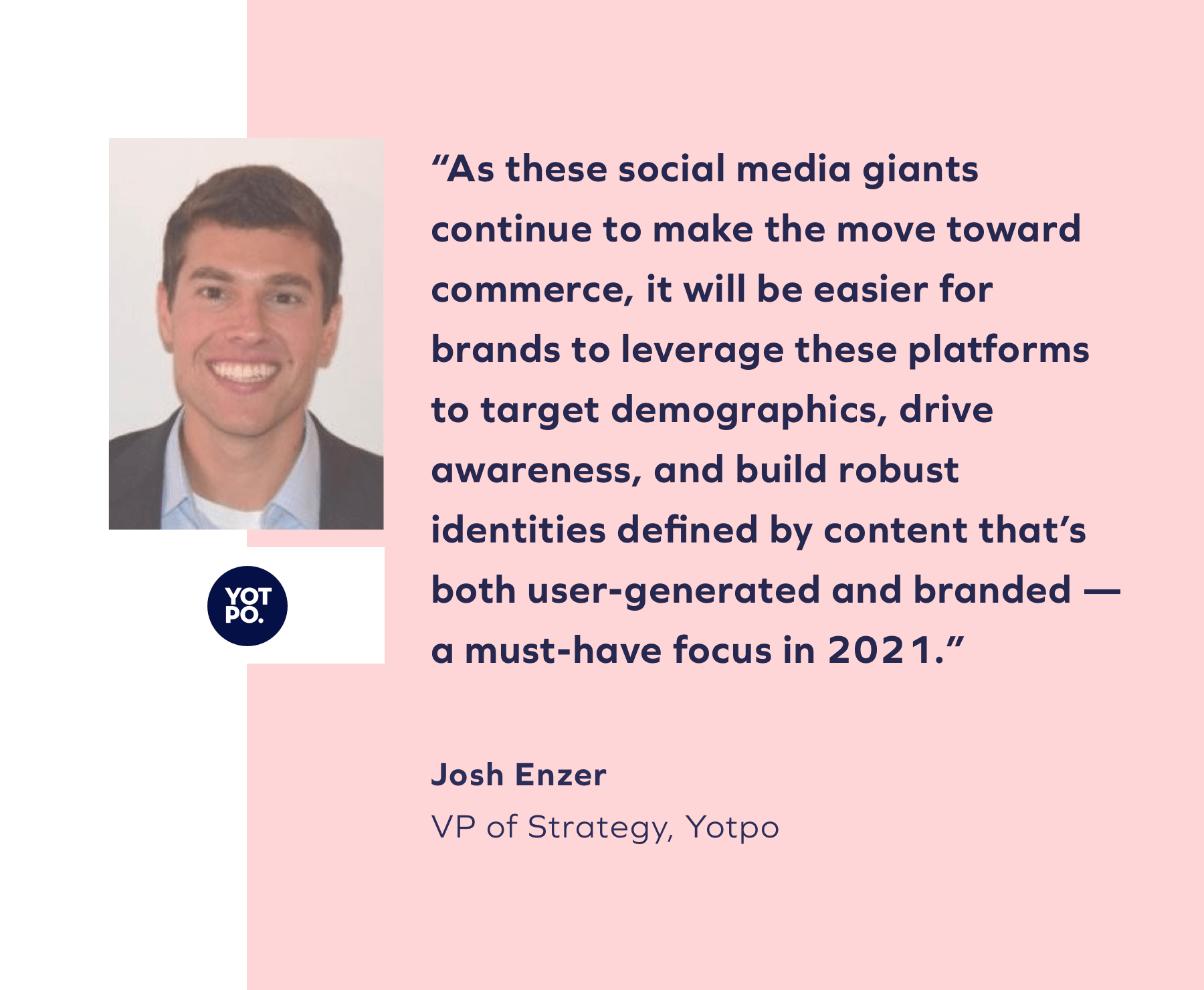
So, in 2021, not only will brands look to reach new audiences by selling on social, but social platforms themselves will continue to focus on building out infrastructure to facilitate commerce.
Tapcart
This past year was all about “couch commerce” and handheld retail. “For the first time, we saw brands seriously thinking with a mobile-first mentality, and not just a “mobile-friendly” one,” says Gabrielle Wooden, Senior Content Marketing Manager, Tapcart.
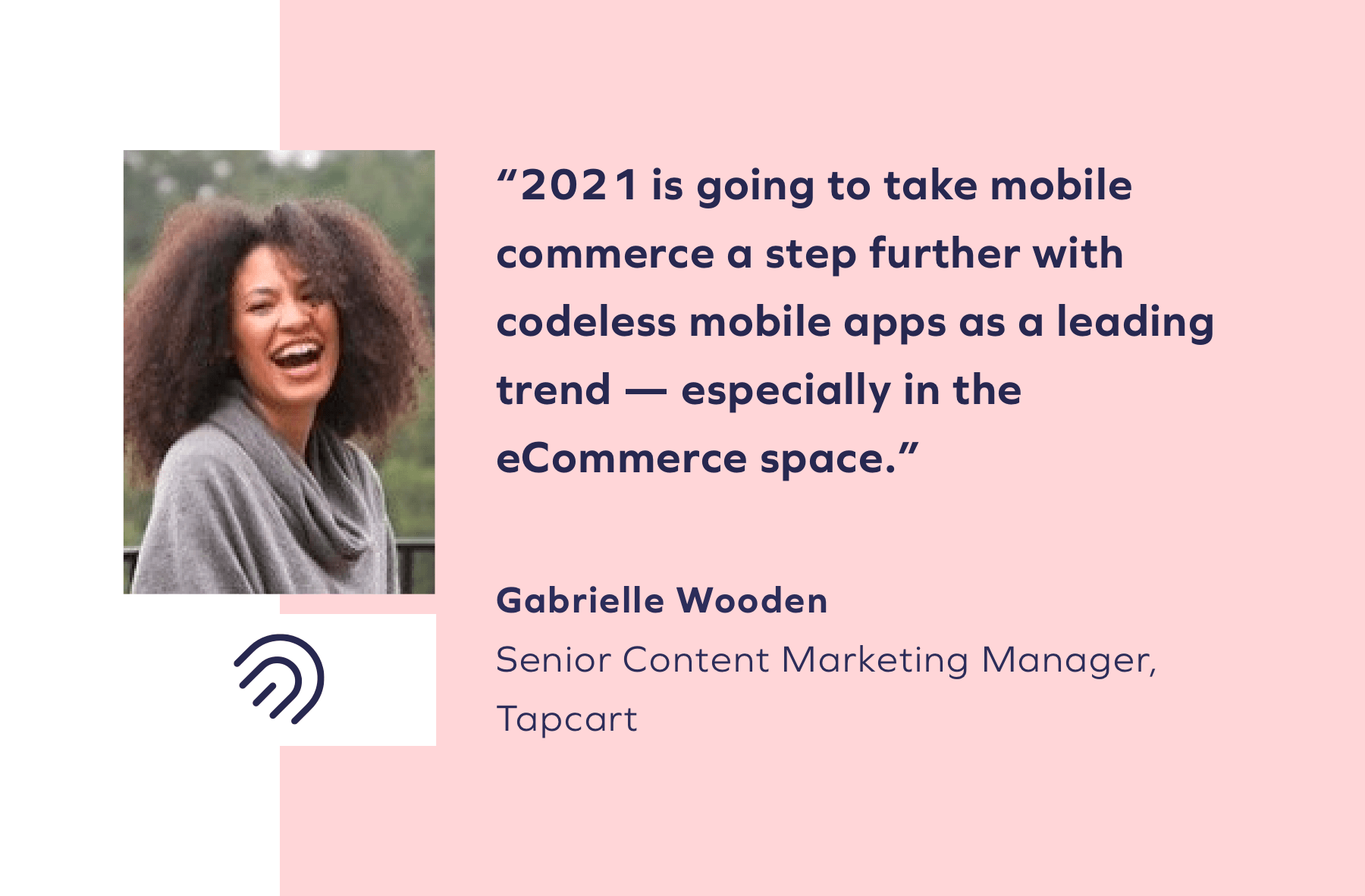
Mobile app usage grew 40% year-over-year in the second quarter of 2020, and consumer spending in apps hit a record high of $27 billion in the second quarter. This is largely credited to the pandemic — with folks on lockdown, mobile usage has been up overall. “As we head into next year,” says Wooden, “we expect to see that trend continue to rise as it has in Q3 and now Q4.”
Statement Agency
As commerce goes mobile, it will become increasingly important to be able to accommodate growing user expectations.
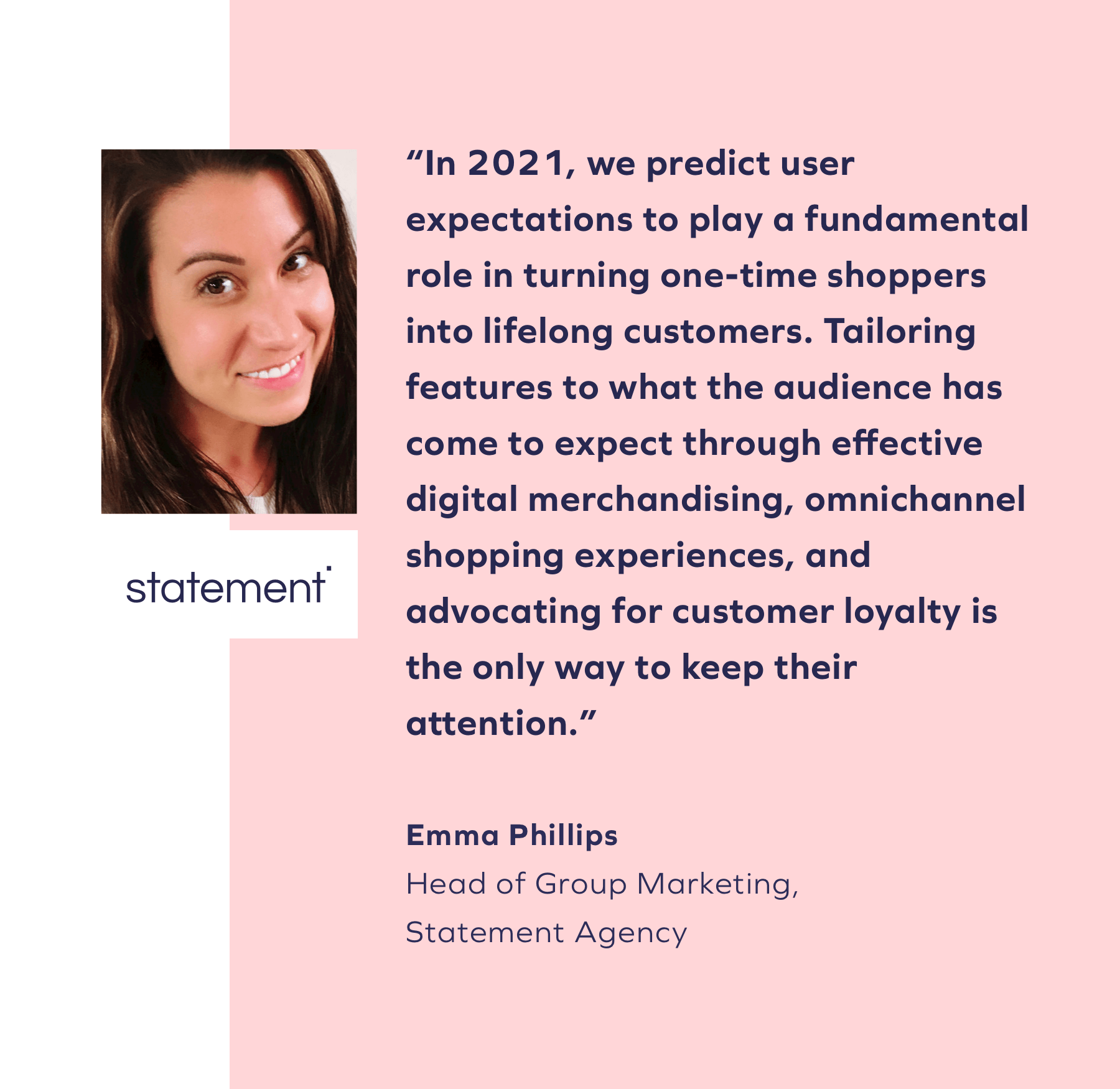
Between one-step checkouts, speedy load times, intuitive experiences, personalized product recommendations, fast delivery and an omnichannel experience, there’s a lot hanging on hitting your user’s expectations on the head, says Phillips, Head of Group Marketing at Statement Agency.




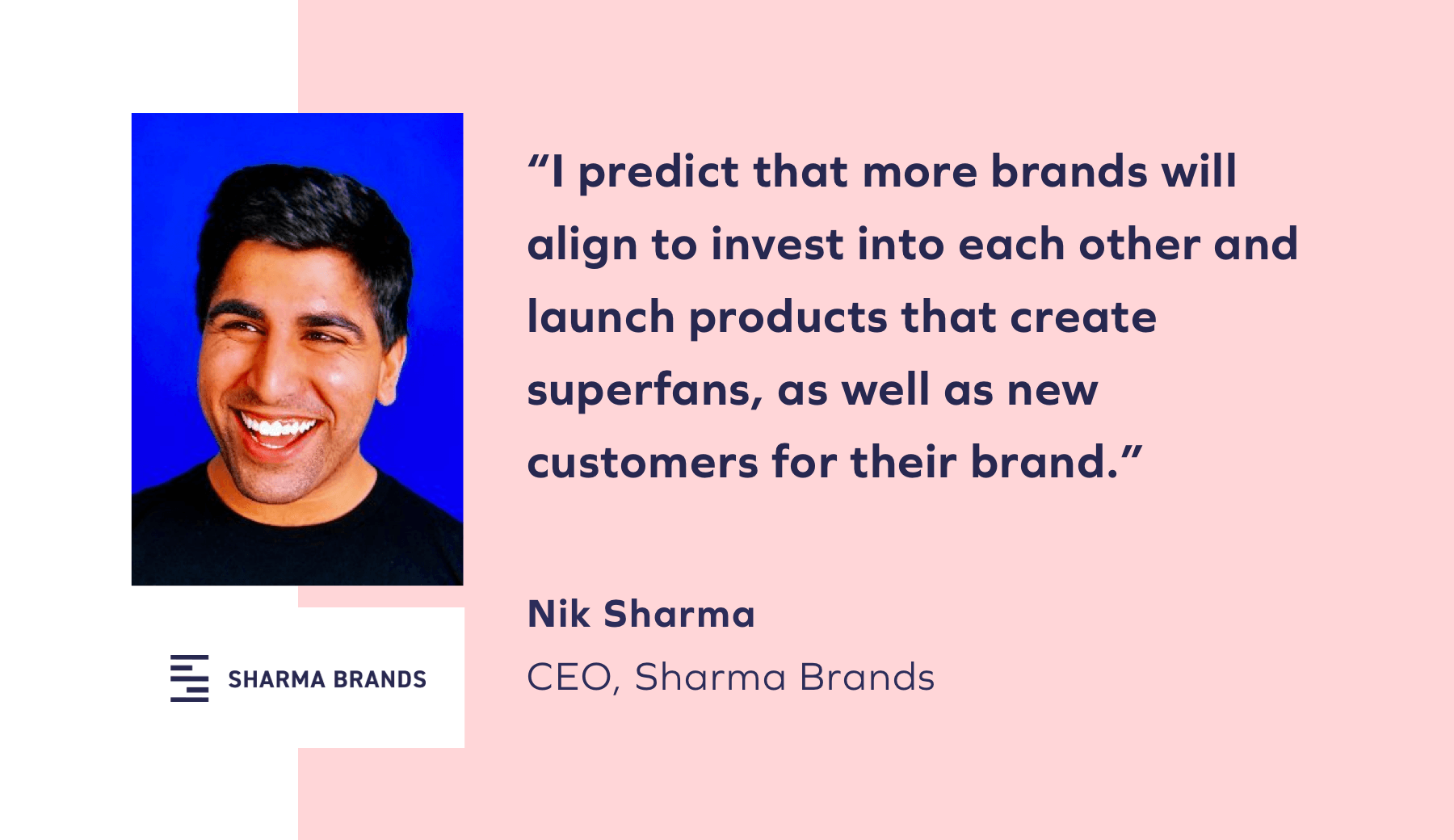

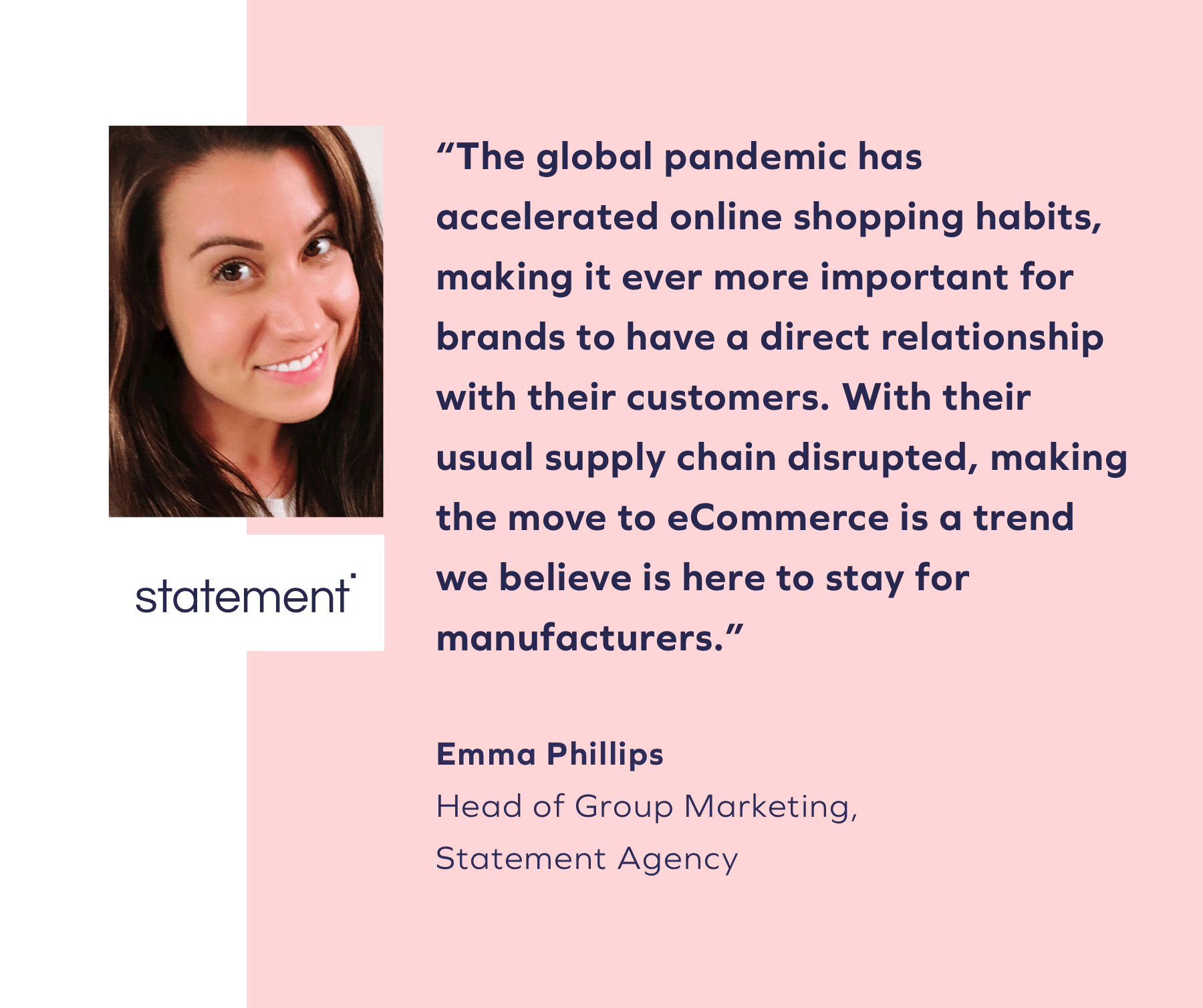

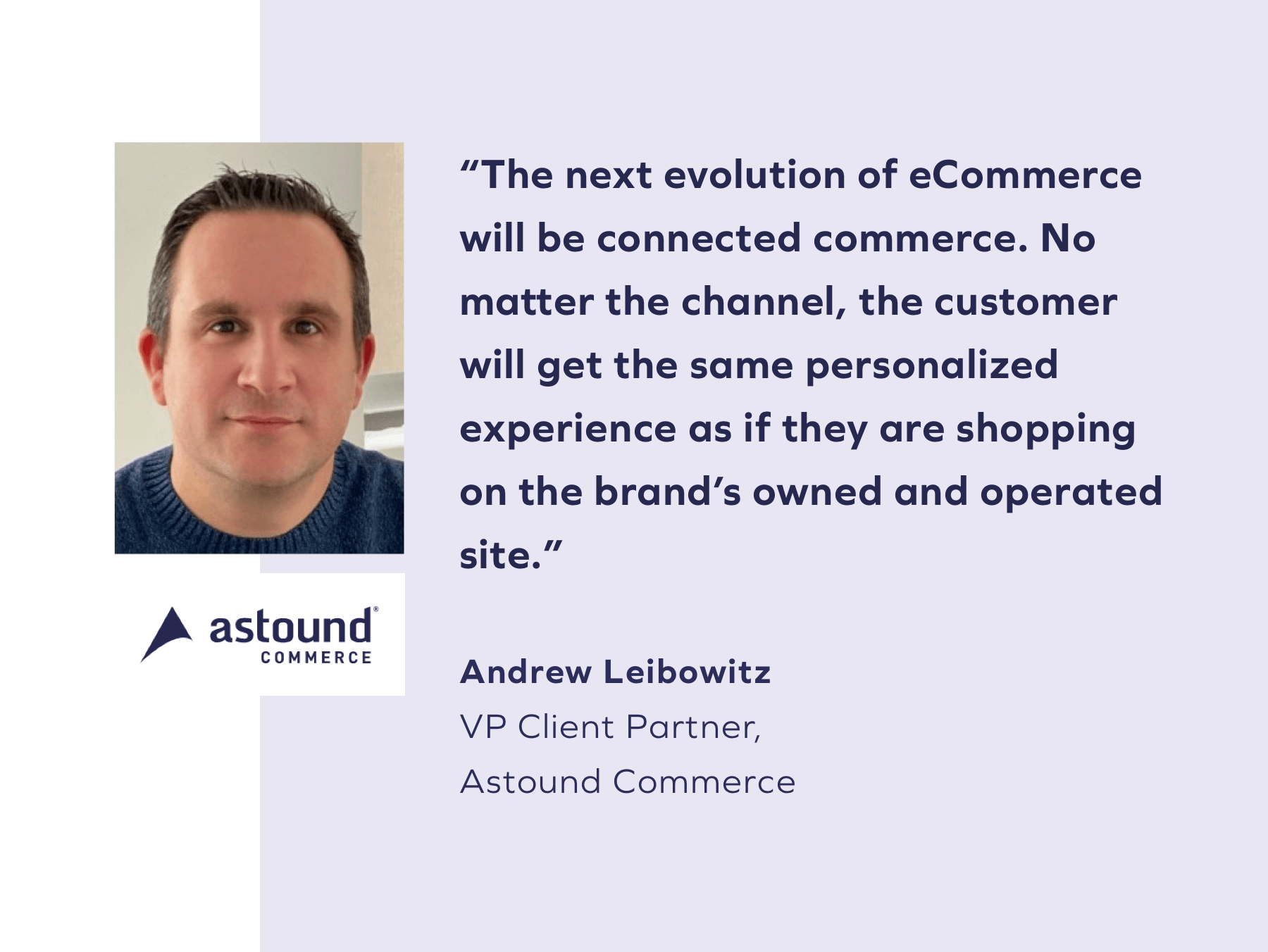
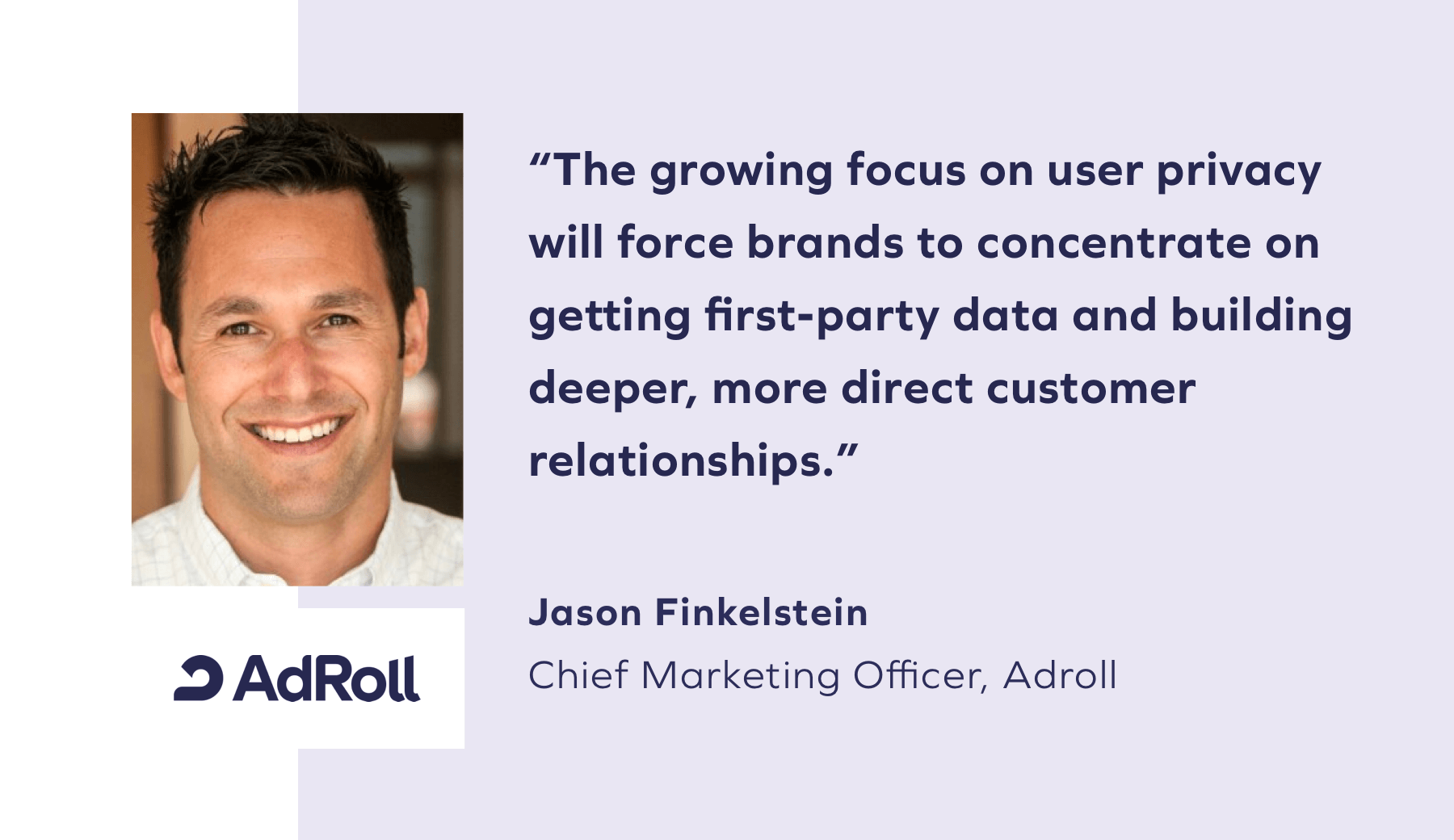
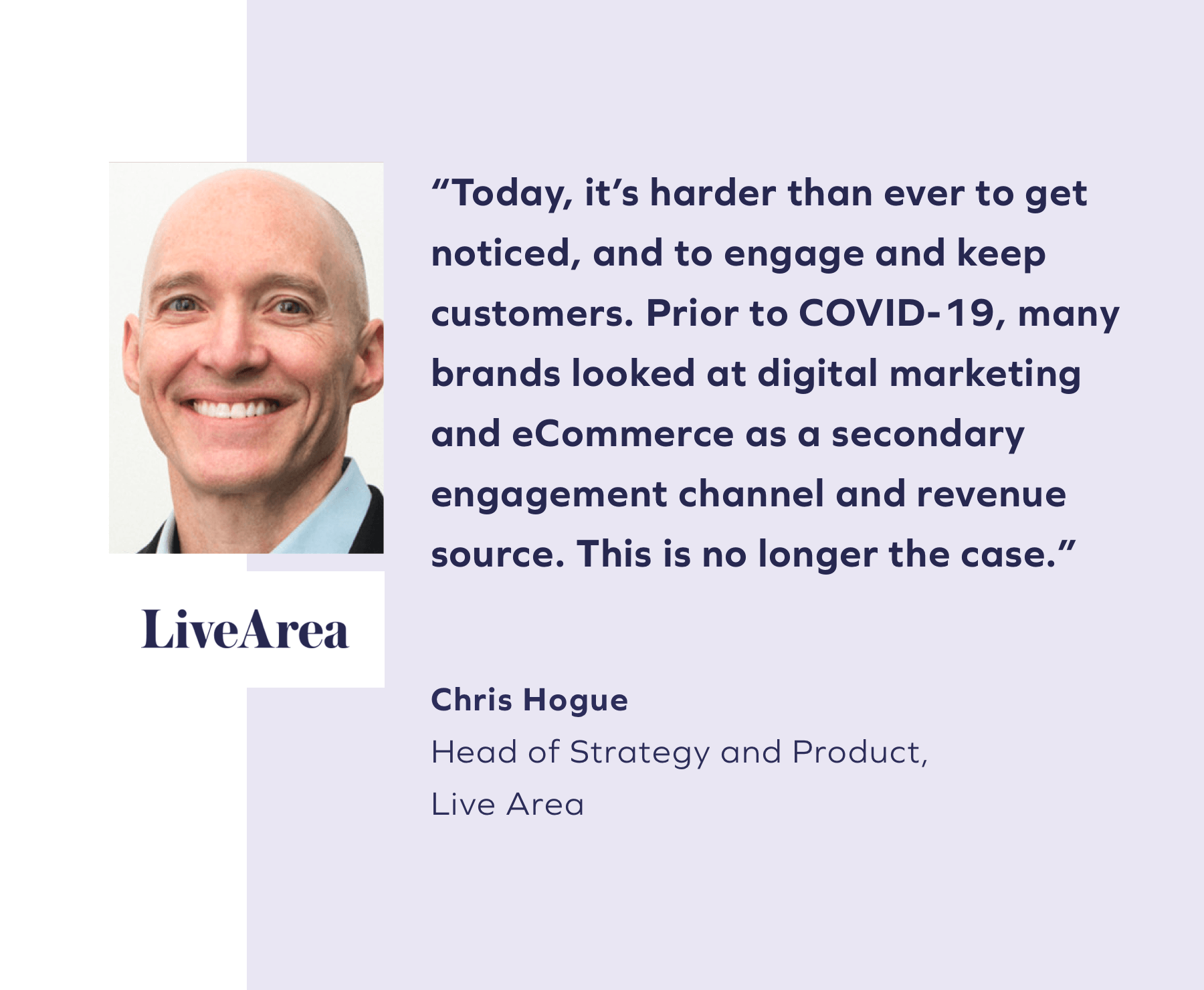




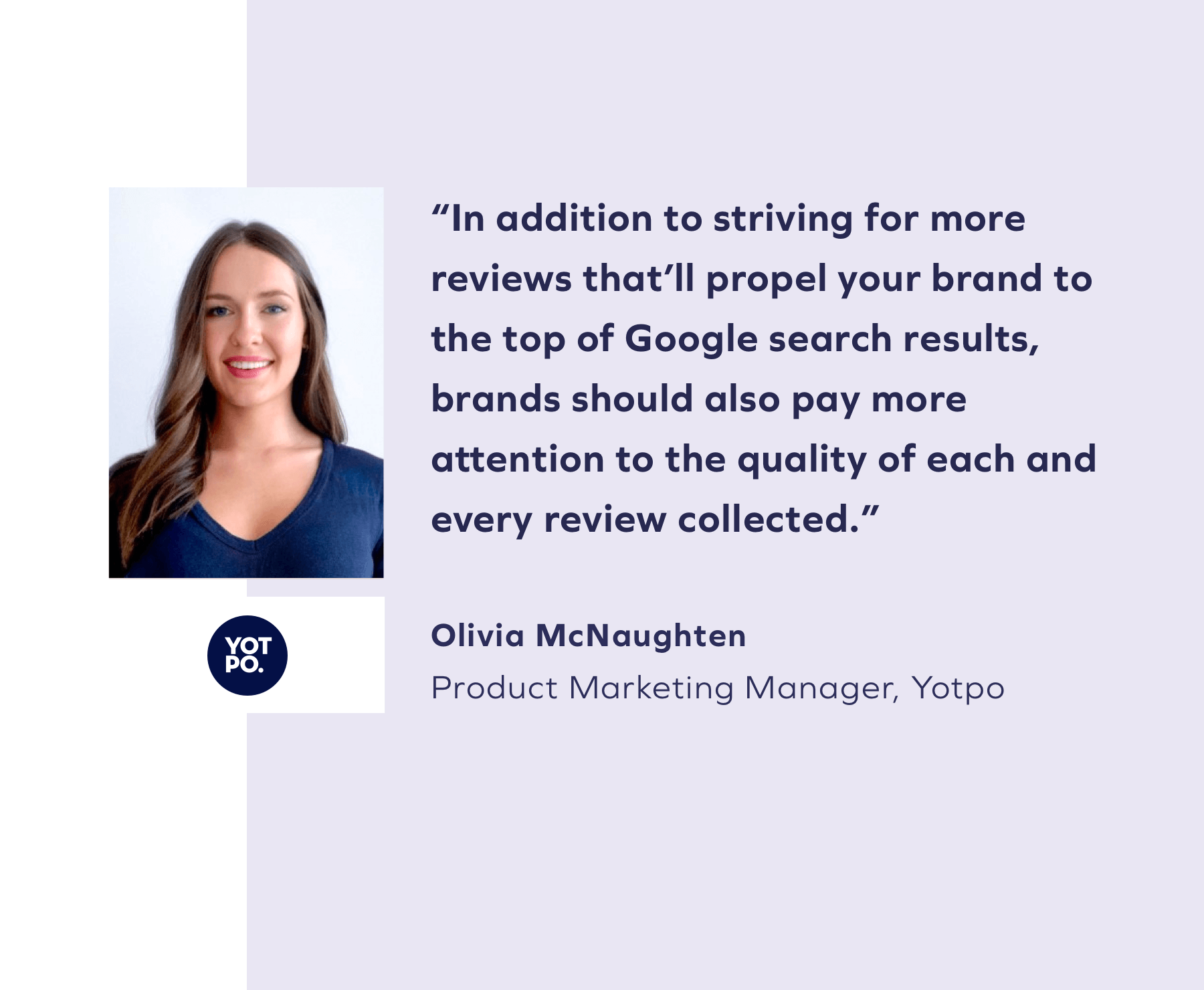











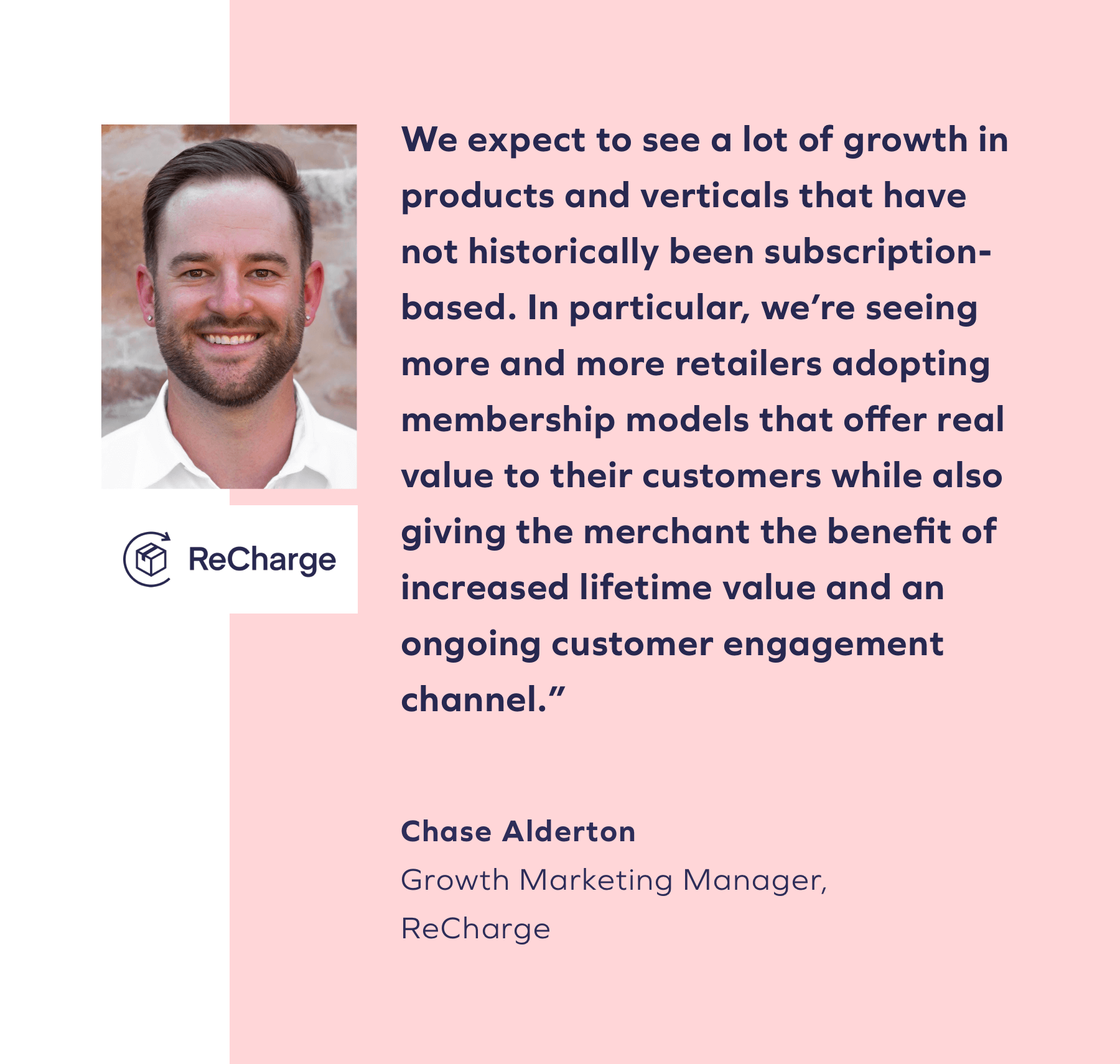

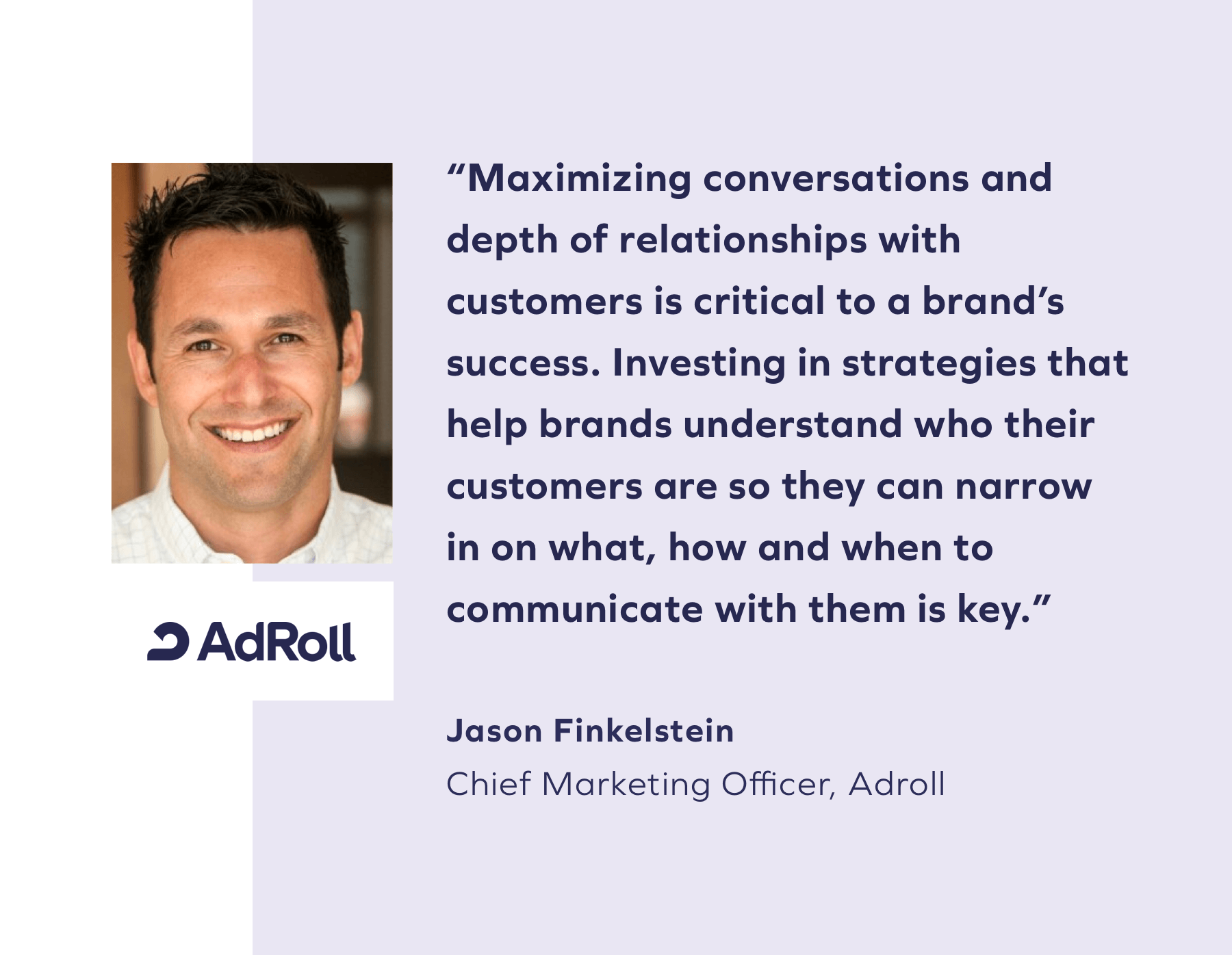

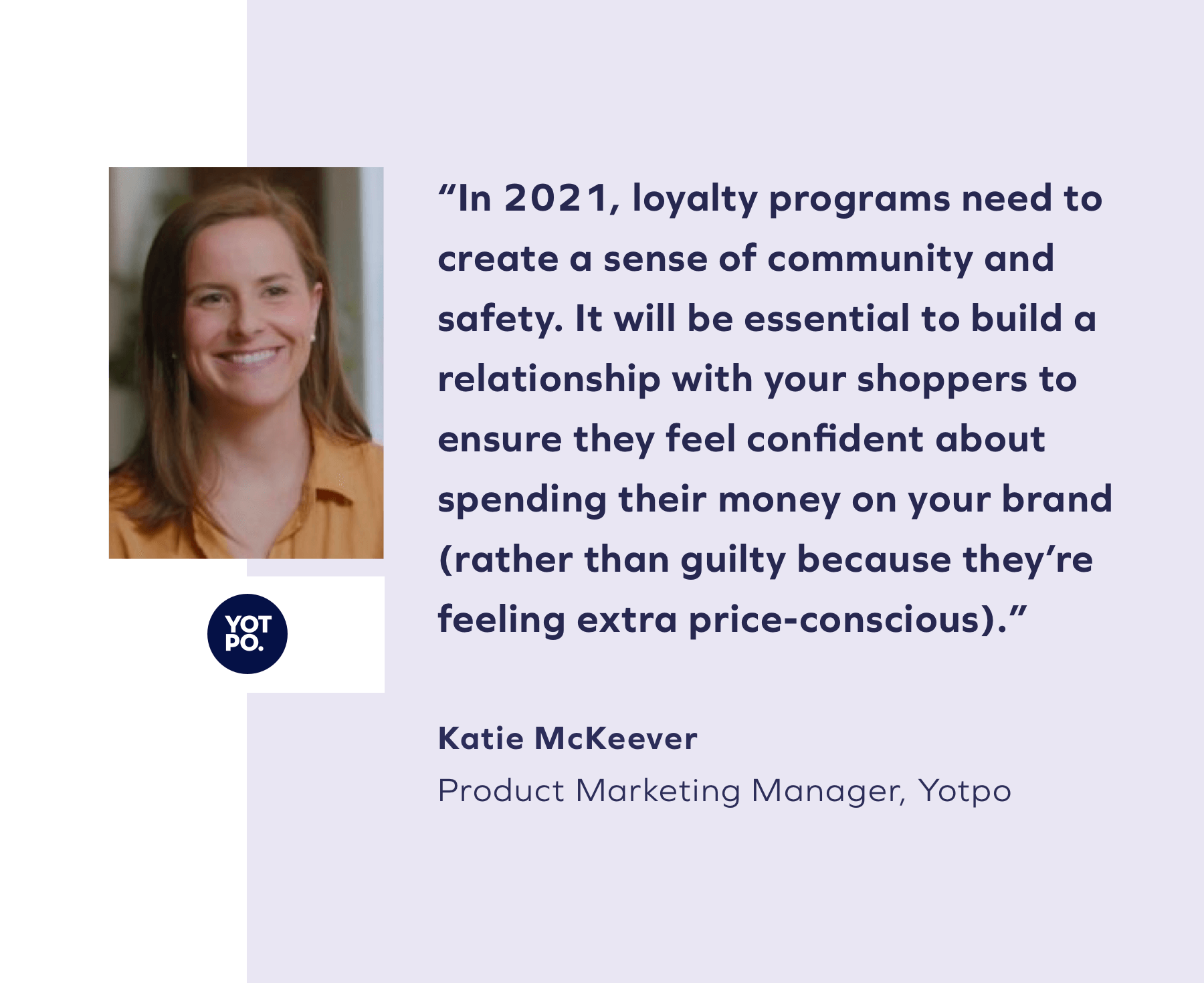


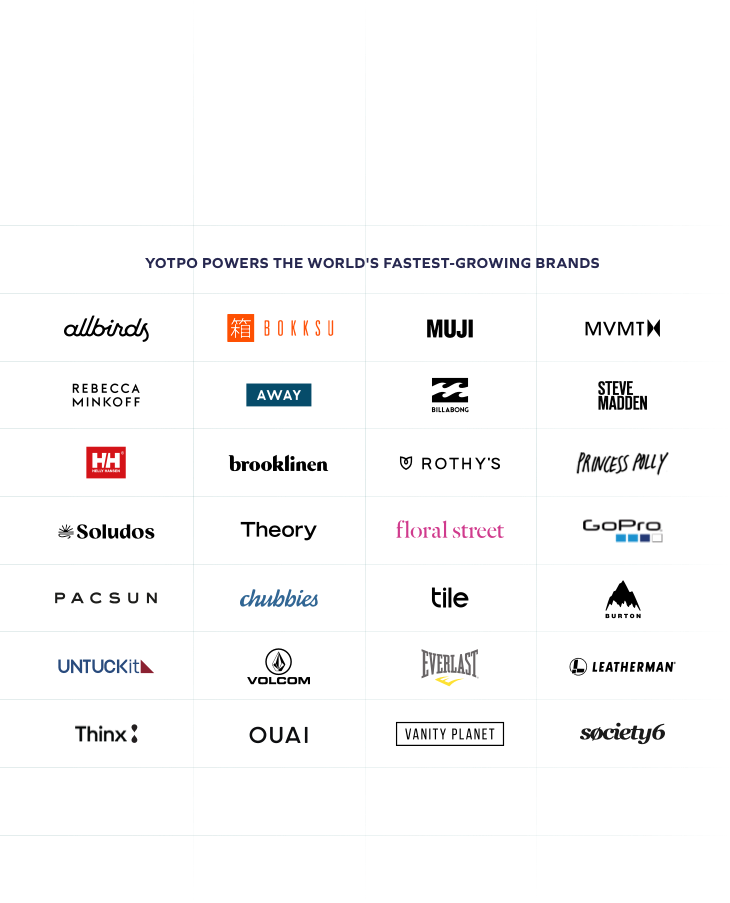







 Join a free demo, personalized to fit your needs
Join a free demo, personalized to fit your needs